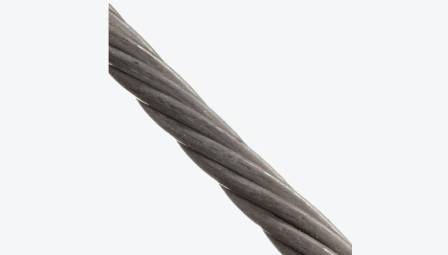Choosing the Right Nails for Cedar Shake Roofing Projects
Nov . 10, 2024 02:02
Choosing the Right Nails for Cedar Shake Roofing
Cedar shake roofing is a popular choice among homeowners seeking an aesthetic appeal that combines rustic charm with durability. When installing a cedar shake roof, one of the most crucial elements to consider is the type of nails used. The right nails not only secure the shingles in place but also contribute to the longevity of the roof. This article discusses the best practices for choosing nails specifically for cedar shake roofing.
Types of Nails
Primarily, two types of nails are suitable for cedar shake roofs galvanized steel nails and stainless steel nails. Each type has its pros and cons.
1. Galvanized Steel Nails These nails are coated with a layer of zinc, which provides protection against rust and corrosion. There are two main types of galvanization hot-dipped and electro-galvanized. Hot-dipped galvanized nails offer better corrosion resistance and are generally preferred for roofing. The disadvantage is that over time, the zinc can wear away, especially in coastal or humid environments, leading to potential rust issues.
2. Stainless Steel Nails These nails are made from an alloy containing at least 10.5% chromium, making them highly resistant to rust and corrosion. They are ideal for coastal areas and other high-moisture environments. While stainless steel nails are more expensive than galvanized options, their longevity and performance justify the investment in many cases.
Nail Size and Length
Nail length is another critical factor in cedar shake roofing
. Nails that are too short may not provide adequate holding power, while those that are excessively long can penetrate too deeply and damage the underlying roofing structure.Typically, a 2.5 to 3-inch nail is recommended for securing cedar shakes. This length allows for sufficient embedment into the wood structure beneath without risking damage to the underlying materials. Additionally, it’s essential to ensure that the nails have a large enough diameter to stand firm against movement and shifting caused by wind or thermal expansion.
nails for cedar shake roof

Nail Placement
The placement of nails is crucial when installing cedar shake roofing. Each shake should typically be secured with at least two nails, driven in a straight line, at least 1 inch from the edge of the shake to avoid splitting. Proper placement helps prevent water infiltration and protects against wind uplift, which can be particularly destructive during storms.
Moreover, it’s essential to stagger the nails when installing adjacent shakes. This technique ensures a more even load distribution and enhances the overall integrity of the roofing structure.
Avoiding Common Mistakes
One common mistake when installing cedar shake roofs is using the wrong fasteners. Using roofing staples, for instance, can compromise the stability of the shakes due to the potential for movement over time. As such, it's critical to ensure that the chosen nails are specifically designed for roofing applications.
Another mistake is neglecting the importance of using the right number of nails. Under-nailing can lead to loose shakes and a greater risk of water penetration. Be sure to follow the manufacturer’s recommendations for the specific roofing materials you are working with, as this guidance will often highlight the best practices for nail application.
Conclusion
When it comes to installing a cedar shake roof, the significance of selecting the right nails cannot be overstated. Galvanized steel and stainless steel nails provide the necessary support and durability, while careful consideration of nail size, length, and placement can enhance the roof's functionality and longevity. By adhering to recommended practices and avoiding common pitfalls, homeowners can ensure that their cedar shake roofing remains beautiful and lasts for many years to come. Investing time and effort in these details will pay off with a roof that stands up to the elements and retains its charm.




















